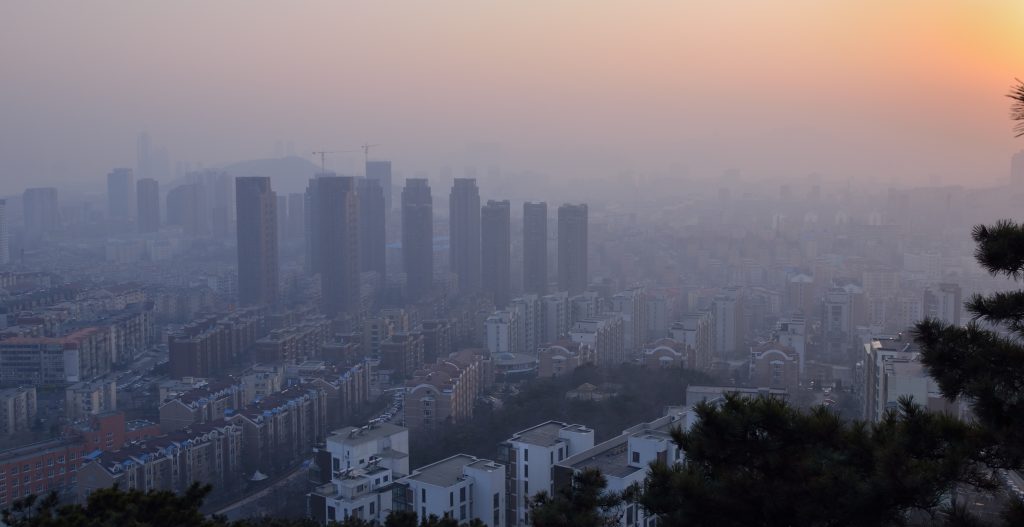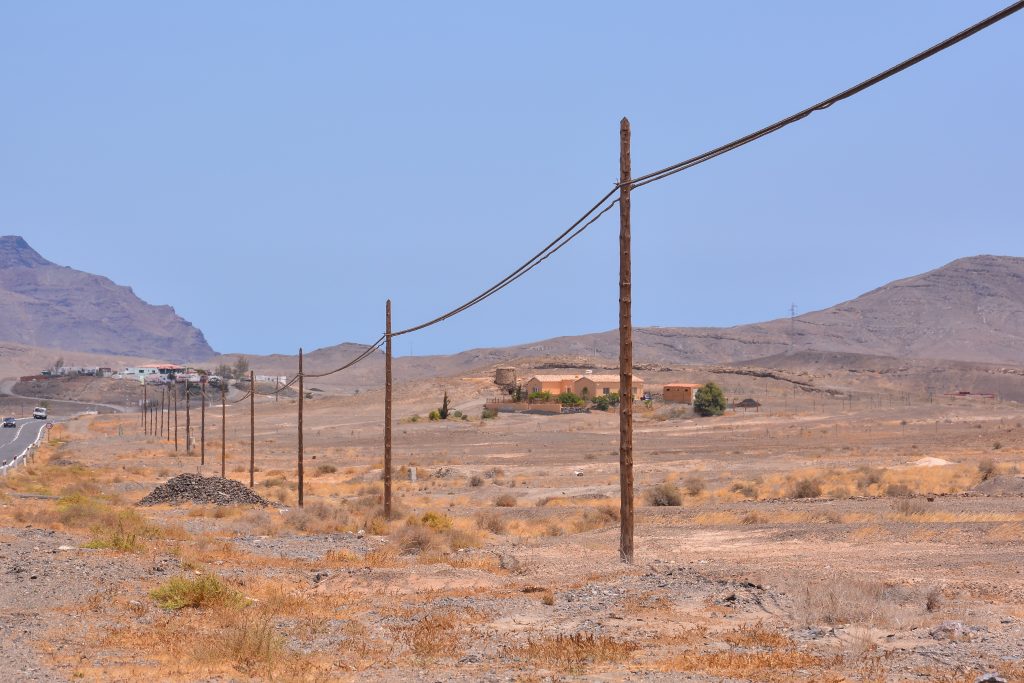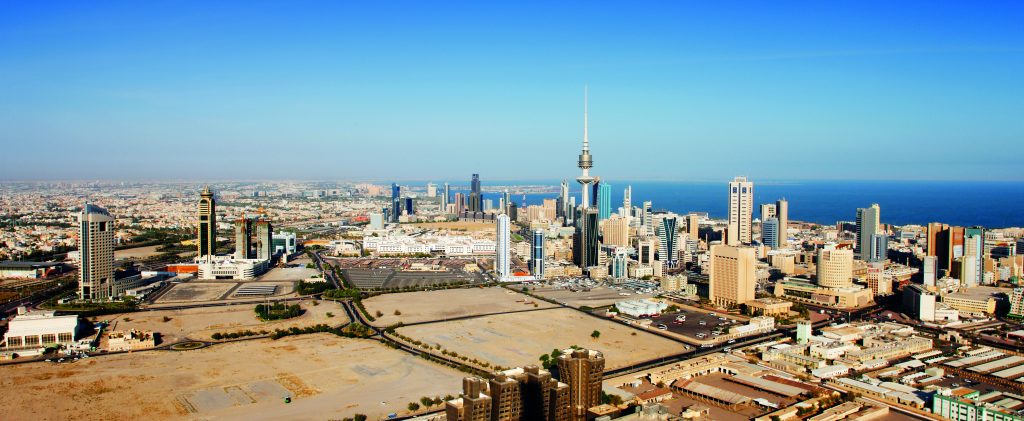Ambition for change
Climate change is one of the greatest global concerns of our time. Air quality specialists Ian Davies, Matt Ösund-Ireland, Russell Payne and James Richer share their insight into leading and emerging initiatives to reduce greenhouse gas emissions across the oil and gas industry.
The UN climate change conference in Paris at the end of 2015 saw nearly 200 countries sign up to what will be the world’s first legally-binding agreement to curb greenhouse gases (GHGs) and halt global warming.
The agreement sets ambitious targets: through collective effort, each country will set policies and strategies to reduce their GHG emissions to cap the global average temperature rise to two degrees Celsius by 2020, with the long-term goal of achieving a global zero-carbon economy by the end of the century. Today, the most prevalent GHG is carbon dioxide, followed by methane.
According to the Institutional Investors Group on Climate Change, energy-related activities contribute to around 70 per cent of global GHG emissions, with oil and gas activities responsible for 60 per cent of those energy-related emissions through extraction, processing and combustion processes. It’s understandable then, that oil and gas operators are showing commitment to the world’s vision for a greener future.
A two-pronged approach
There are two main steps towards reducing GHGs in the oil and gas industry: through policies and making changes to technology and structures on the ground.
Operators throughout the world are setting targets to reduce the volume of carbon emissions per barrel of oil they produce. Entire countries, too, are developing more stringent targets. In the US, which is currently the world’s second largest GHG emitter after China, the Environmental Protection Agency has issued the first federal standards to curb methane emissions from all new oil and gas projects across the industry using technologies that monitor and limit emissions.
Onshore and offshore operators are under increasing regulatory burden to meet stringent emission-reduction requirements.

Bearing the burden
Across the world, oil and gas companies have a number of varying national and industry GHG regulations to comply with. Both onshore and offshore operators are under increasing regulatory burden to meet stringent emission requirements to achieve compliance and avoid penalties and reputation risks.
A change in the air
Economic fluctuations aside, the age of more accessible and cheaper oil is coming to an end. This is driving hydrocarbon exploration to more remote and environmentally pristine parts of the world, such as Greenland, the Arctic and East Africa. Accessing hydrocarbons in these regions is driving the industry to develop new extraction and production technologies, and is fuelling the growth of the unconventional oil and gas sector.
At the same time, new sources of hydrocarbons are being explored and extracted in equally challenging locations. Majnoon in Southern Iraq, for example, is the second largest oil field in the world and only started producing oil again very recently. The focus at Majnoon and in other emerging and frontier markets is to build local infrastructure and ramp up production to generate revenue to support their national economies.
Flaring’s end?
World Bank data estimates that every year, thousands of oil fields around the world flare or ‘burn’ around 140 billion cubic metres of natural gas produced together with oil, emitting more than 300 million tonnes of carbon dioxide into the atmosphere — the same amount of GHGs emitted from approximately 77 million cars.
On top of the environmental risk, operators invariably view flaring as simply putting money up into the air. Across the industry, for the past 15 years, operators have been spending a lot of time performing economic appraisals and developing onshore refinery equipment maintenance programmes to keep the gas in-process, mostly in response to the World Bank-led Global Gas Flaring Reduction Partnership.
Energising local communities
One way to reduce flaring is to use associated gas to produce electricity for local communities.
Shell reports on their website that, at present, around 70 per cent of gas produced in Iraq is flared because there isn’t enough infrastructure to capture, transport, treat and process it due to political instability, wars and sanctions.
The Basrah Gas Company (BGC) — a joint venture between Shell, Iraq’s South Gas Company and Mitsubishi, set up in 2013 — is delivering a five-year project to capture associated gas that’s usually flared at three oil fields in southern Iraq — Rumaila, West Qurna 1 and Zubair.
BGC’s long-term goal is to capture this associated gas and market it locally or export it abroad and to use it to fuel power plants. It’s the largest gas flare-reduction project in the world and has so far been a great success: Gulf News online reports that associated gas captured by the project generated around 70 per cent of electricity used in Basrah province in 2015 and around 60–70 per cent of all liquid petroleum gas consumed in Iraq.

Looking downstream
Many GHGs emitted by the oil and gas industry are generated after petroleum products have been produced, right through to distribution and point of sale. Shell’s Global 2015 Sustainability report, for example, states that around 45 per cent of their GHGs were emitted from downstream refineries and chemical plants.
Many companies are collaborating with industrial partners to develop innovative ways to reduce their downstream GHG emissions. A good example is AECOM’s work in Saudi Arabia, where we’re developing the feasibility design and business case for a major downstream petrochemical company to shift their haulage from road to rail. This project has the potential to reduce our client’s operating costs and cut GHG emissions by around 330,000 tonnes of carbon dioxide each year.
Mixing policy and practice: clearing Kuwait’s air
Kuwait is one of the major oil-producing countries of the world. Since the Paris agreement, the Kuwait Oil Company (KOC) has shown great commitment to reducing their GHGs, setting a target of 20 per cent reduction by 2020.
With no existing national system in place to reduce emissions, AECOM has been developing a GHG reduction strategy for KOC that is being used across the entire country.
One of the largest air quality consultancy contracts ever awarded to a single company anywhere in the world, the five‑year project involves several strategies to control emissions.
We’re using satellite technology and advanced air quality monitoring techniques to pinpoint pollution ‘hot spots’ and monitor air pollution in real time across the country to determine the risk to humans.
We’re also putting a GHG monitoring network and air management system in place and developing a nationwide regulatory permitting and compliance system.
The project goes further than air quality management by focusing on GHG emissions and carbon management, setting the standard for collaboration between oil companies and government agencies throughout the Gulf.







